 A team of researchers has found a way of transporting electrons at times below the femtosecond range by manipulating them with light. This could have major implications for the future of data processing and computing.
A team of researchers has found a way of transporting electrons at times below the femtosecond range by manipulating them with light. This could have major implications for the future of data processing and computing.
Dec 23rd, 2019
Read more
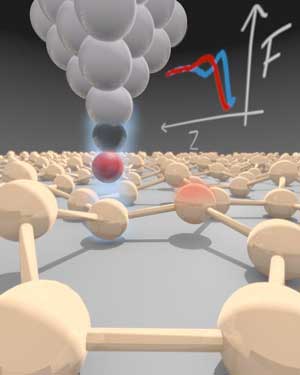 In contrast to the ultra-flat material graphene, which is made of carbon, silicene shows surface irregularities that influence its electronic properties. Now, physicists have been able to precisely determine this corrugated structure.
In contrast to the ultra-flat material graphene, which is made of carbon, silicene shows surface irregularities that influence its electronic properties. Now, physicists have been able to precisely determine this corrugated structure.
Dec 23rd, 2019
Read more
 Researchers have developed a robust multi-layed nano-barrier for ultra-lightweight and stable carbon fibre reinforced polymers that could be used to build high precision instrument structures for future space missions.
Researchers have developed a robust multi-layed nano-barrier for ultra-lightweight and stable carbon fibre reinforced polymers that could be used to build high precision instrument structures for future space missions.
Dec 23rd, 2019
Read more
 Chemists and physicists joined forces to design, deposit and operate single molecular spin switches on surfaces. The newly developed molecules feature stable spin states and do not lose their functionality upon adsorption on surfaces.
Chemists and physicists joined forces to design, deposit and operate single molecular spin switches on surfaces. The newly developed molecules feature stable spin states and do not lose their functionality upon adsorption on surfaces.
Dec 23rd, 2019
Read more
 By selecting certain 2D materials and stacking them, according to the researchers, not only does the monolithic 3D conserve precious space on the chip, but also allows for configuration based on the combined electronic properties of the materials.
By selecting certain 2D materials and stacking them, according to the researchers, not only does the monolithic 3D conserve precious space on the chip, but also allows for configuration based on the combined electronic properties of the materials.
Dec 23rd, 2019
Read more
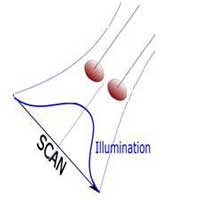 Researchers have found that the temperature increase caused by the probe beam could be utilized to generate a signal per se for detecting objects. Notably, this so-called 'active thermal detection' enables super-resolution imaging at all scales, compared to conventional techniques whose application are confined to microcopy only.
Researchers have found that the temperature increase caused by the probe beam could be utilized to generate a signal per se for detecting objects. Notably, this so-called 'active thermal detection' enables super-resolution imaging at all scales, compared to conventional techniques whose application are confined to microcopy only.
Dec 23rd, 2019
Read more
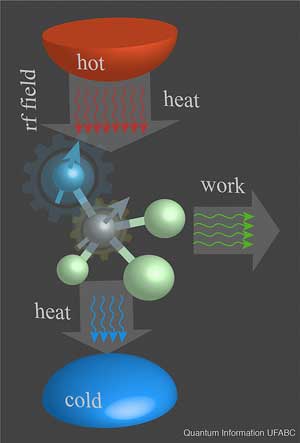 A new experimental proof-of-concept quantum Otto cycle, using nuclear spins, has reached an efficiency close to its thermodynamic limit at maximum power.
A new experimental proof-of-concept quantum Otto cycle, using nuclear spins, has reached an efficiency close to its thermodynamic limit at maximum power.
Dec 23rd, 2019
Read more
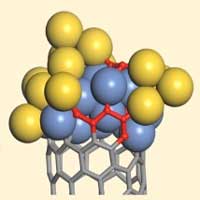 Revealing a long-term mystery of why certain nanoparticles are more efficient in incorporating carbon atoms and achieving a faster carbon nanotube growth.
Revealing a long-term mystery of why certain nanoparticles are more efficient in incorporating carbon atoms and achieving a faster carbon nanotube growth.
Dec 20th, 2019
Read more
 In a finding that could be useful in designing small aquatic robots, researchers have measured the forces that cause small objects to cluster together on the surface of a liquid -- a phenomenon known as the 'Cheerios effect'.
In a finding that could be useful in designing small aquatic robots, researchers have measured the forces that cause small objects to cluster together on the surface of a liquid -- a phenomenon known as the 'Cheerios effect'.
Dec 19th, 2019
Read more
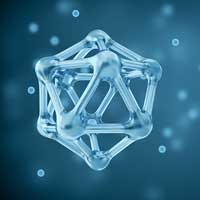 Researchers have discovered that applying a small difference in temperature to a watered-down mixture of a compound called zirconium phosphate initiates its liquid crystallization. As zirconium phosphate particles move toward warmer temperatures, they start aligning themselves with each other and eventually turn into pure liquid crystals.
Researchers have discovered that applying a small difference in temperature to a watered-down mixture of a compound called zirconium phosphate initiates its liquid crystallization. As zirconium phosphate particles move toward warmer temperatures, they start aligning themselves with each other and eventually turn into pure liquid crystals.
Dec 19th, 2019
Read more
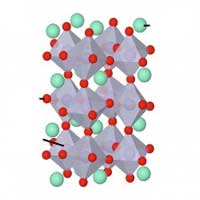 Researchers develop new materials theory relevant to ultrafast electronics, batteries and more.
Researchers develop new materials theory relevant to ultrafast electronics, batteries and more.
Dec 19th, 2019
Read more
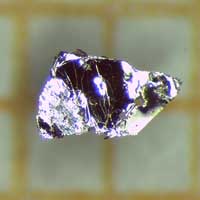 An international consortium of chemists and physicists has discovered a new type of quantum material with intrinsic magnetic and topological properties. Since they manifest without doping or strong external magnetic fields, this material may lead the way to new applications in spintronics, two-dimensional magnetism and quantum transport.
An international consortium of chemists and physicists has discovered a new type of quantum material with intrinsic magnetic and topological properties. Since they manifest without doping or strong external magnetic fields, this material may lead the way to new applications in spintronics, two-dimensional magnetism and quantum transport.
Dec 19th, 2019
Read more
 Simply adding 'table salt' helps to build self-stacked nanoarchitectures.
Simply adding 'table salt' helps to build self-stacked nanoarchitectures.
Dec 19th, 2019
Read more
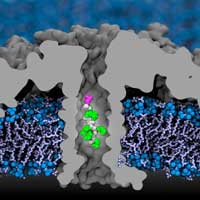 While DNA sequencing is a useful tool for determining what's going on in a cell or a person's body, it only tells part of the story. Protein sequencing could soon give researchers a wider window into a cell's workings. A new study demonstrates that nanopores can be used to identify all 20 amino acids in proteins, a major step toward protein sequencing.
While DNA sequencing is a useful tool for determining what's going on in a cell or a person's body, it only tells part of the story. Protein sequencing could soon give researchers a wider window into a cell's workings. A new study demonstrates that nanopores can be used to identify all 20 amino acids in proteins, a major step toward protein sequencing.
Dec 19th, 2019
Read more
 Researchers have developed highly efficient, large-area and flexible near-infrared light-emitting diodes (LEDs) for new wearable device technologies.
Researchers have developed highly efficient, large-area and flexible near-infrared light-emitting diodes (LEDs) for new wearable device technologies.
Dec 18th, 2019
Read more
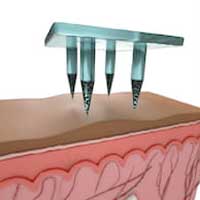 Bioengineers reveal dissolving microneedles that also embed fluorescent medical info.
Bioengineers reveal dissolving microneedles that also embed fluorescent medical info.
Dec 18th, 2019
Read more
 A team of researchers has found a way of transporting electrons at times below the femtosecond range by manipulating them with light. This could have major implications for the future of data processing and computing.
A team of researchers has found a way of transporting electrons at times below the femtosecond range by manipulating them with light. This could have major implications for the future of data processing and computing.















 Subscribe to our Nanotechnology News feed
Subscribe to our Nanotechnology News feed